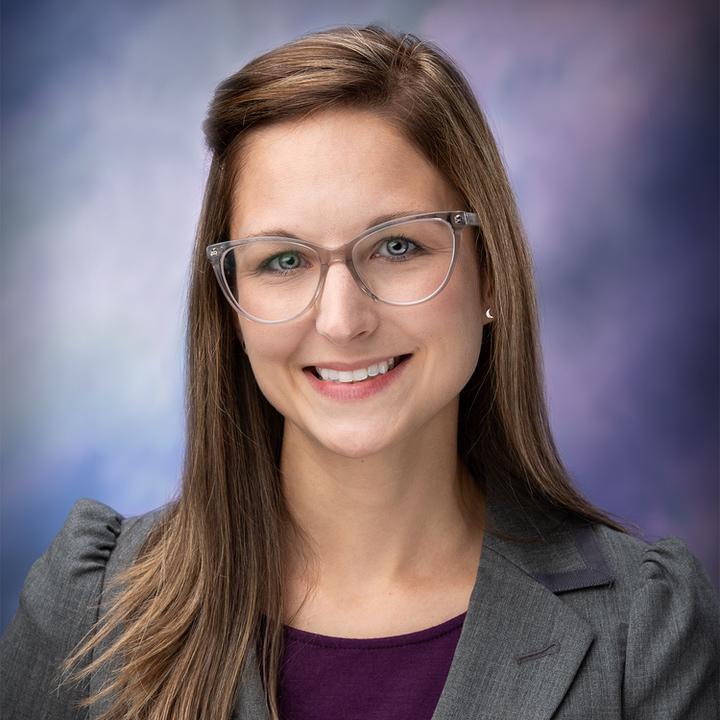Any parent can tell you that active kids are pretty tough. They endure cuts, scrapes, bumps, and bruises; yet they tend to bounce back quickly. However, childhood injuries like growth plate fractures can cause lifelong problems if not treated urgently.
Growth plates (physes) are sites with layers of active bone and cartilage cells located in the long bones of your child’s hands, arms, legs and feet. Throughout your child’s journey from infancy to adolescence, these plates are responsible for the longitudinal growth (length) of the bone. The growth plates do an amazing job of turning a 3-foot preschooler into a 6-foot teenager.
At some point during late adolescence, the growth plates close, and your child is left with adult bones that are anatomic, solid, and strong. However, if your child breaks or fractures a bone, and the growth plate is damaged, lasting problems could result. For instance, if a growth plate injury occurs and causes premature closure, the affected bone could become permanently shorter or crooked.
DIAGNOSIS 
Symptoms of a growth plate injury can include:
- Persistent pain and tenderness after a sudden or overuse injury.
- Deformity, warmth, or swelling at the end of a bone.
- Changes in how your child bends their limb.
- Inability to move, put pressure on, or bear weight on a limb because of pain.
- You may notice that your child self-limits the amount of time playing after a prior injury.
Since growth plates are not yet solid bone, it can sometimes be difficult to see the injury on X-rays. Sometimes we will order X-rays of both injured limb and the opposite limb so they may be compared. Surgeons may put the limb in a cast for three to four weeks and redo the X-ray to see whether new bone is forming. In some cases, magnetic resonance imaging (MRI) or computerized tomography (CT) might be needed to see the extent of the injury.
TREATMENT
Less serious fractures can be treated by putting a cast or splint on the injured limb. More serious cases may require surgery to better align the bone or growth plate. Growth plates that are surgically realigned may have a better chance of recovering and growing again than growth plates that are left in a poor position.
It can be difficult to tell if a growth plate is permanently damaged. Sometimes we will continue to take X-rays over several years as your child grows to be sure the growth plate continues to function properly. Depending on the location and severity of the fracture, your child may need follow-up visits until his or her bones have finished growing, which is around 14 years old for girls, and 16 years old for boys.

Rachel Michael, M.D. is an orthopedic surgeon with Monument Health Orthopedic & Specialty Hospital in Rapid City. She specializes in general orthopedics and enjoys seeing trauma, joint replacement, hand, and pediatric patients.

